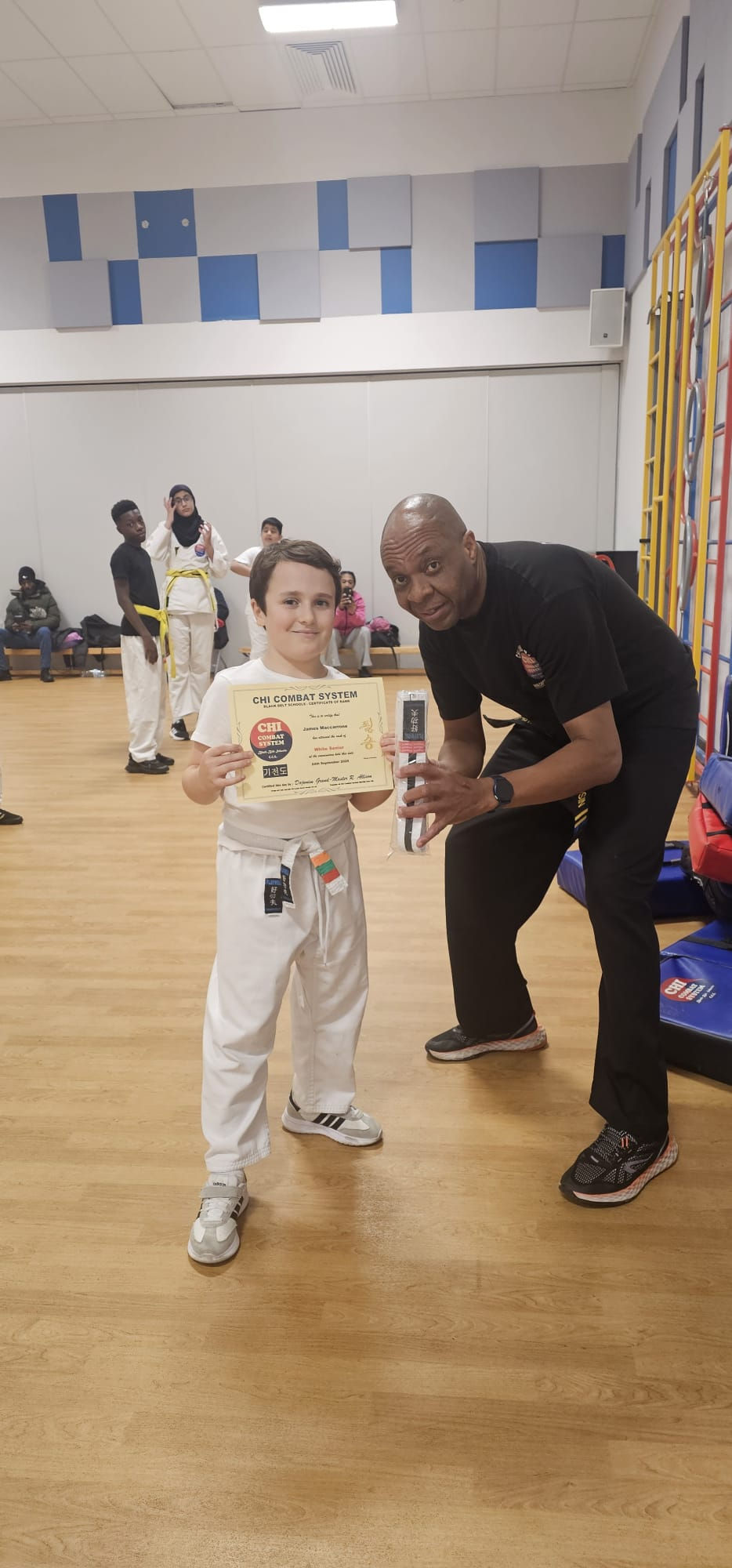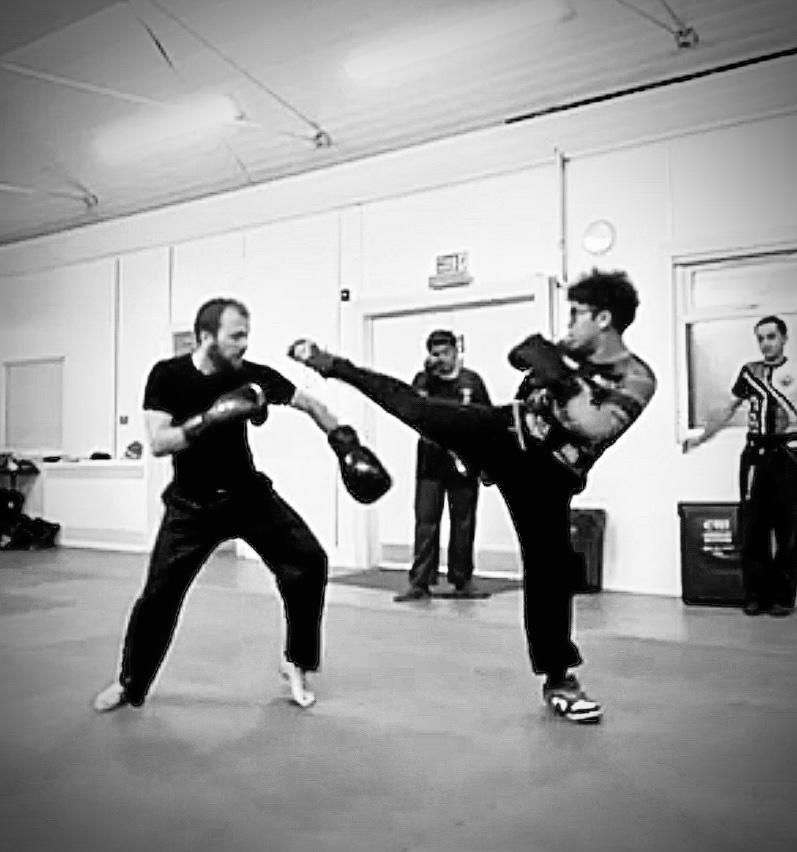Tracking Progress in Martial Arts Training
- May 5
- 4 min read
Updated: May 12
Martial arts training is a journey, often filled with challenges and triumphs. Tracking your progress is essential to growing stronger and refining your skills. Understanding where you stand helps maintain motivation and encourages continued growth. In this blog post, we will explore effective strategies for monitoring your martial arts training progress.
Understanding Student Progress
Tracking progress in martial arts involves looking at various aspects of your training. This can include skill development, physical fitness, mental resilience, and even emotional growth. By setting measurable goals, you can recognize your improvements over time.
Many practitioners find it helpful to maintain a training log. A training log is a record of your sessions that includes the techniques practiced, physical conditioning, and any personal reflections. By regularly reviewing this log, you can identify patterns and areas for improvement.

Setting SMART Goals for Effective Tracking
To effectively track progress, it is crucial to set SMART goals: Specific, Measurable, Achievable, Relevant, and Time-bound. These goals give you a clear pathway for what you want to achieve.
Specific: Instead of saying, "I want to get better," specify what improvement you want, such as "I want to perfect my roundhouse kick."
Measurable: Make sure you can quantify your goals. For example, "I want to increase the number of push-ups I can do in a minute from 10 to 15."
Achievable: Ensure your goals are realistic. If you're aiming to compete in a tournament but have only trained for a few months, an incremental approach is best.
Relevant: Align your goals with your overall martial arts journey. If you are preparing for a sparring match, improve your sparring techniques as a focus.
Time-bound: Set a deadline. For example, "By the end of the month, I want to understand and demonstrate three new techniques."
Tracking your progress against these goals helps you stay focused and motivated. Regularly revisiting and re-evaluating goals allows you to make adjustments if necessary.

Utilizing Feedback from Instructors
Another effective way to track your martial arts training is through feedback from instructors. Instructors are experienced professionals who can evaluate your performance and provide valuable insights. They can point out strengths, areas for improvement, and recommend specific exercises to enhance your skills.
Regularly ask for feedback after classes. You might also consider recording sparring sessions or practicing techniques for a trusted instructor to review. This visual feedback is excellent, as you can see your progress over time.
Discuss your goals openly with your instructor. They can help you devise a plan that aligns with your expectations and ensures you are on the right path.
Incorporating Self-Assessment Techniques
Self-assessment plays a critical role in tracking progress. By reflecting on your performances and experiences, you can gauge how far you've come. Here are a few methods to incorporate self-assessment into your training:
Video Analysis: Record your training sessions and compare them over time. Watch for improvements in techniques, speed, and confidence.
Practice Journals: Write down your thoughts after each training session. Did you feel confident? Were there moments you felt stuck? This reflection can lead to insights.
Goal Review: Every month, review your SMART goals to see if you met them or how you can adjust them moving forward. Adjust as needed based on your experience and progress.
Finding ways to continually assess yourself can help keep you motivated and prevent burnout. Focus on the positives, and always acknowledge your progress, no matter how small.

Tracking Physical Improvements
Physical fitness is a significant component of martial arts training. Tracking your physical improvements can motivate you to continue pushing your limits. Here are some key areas to consider:
Endurance: Measure your stamina and the duration you can train without tiring. You could track the distance you run during warm-ups or the number of techniques practiced in a set time.
Strength: Keep tabs on your ability to perform strength-based exercises. Regularly testing your output, such as the maximum number of push-ups or the weight you can lift, gives a clear indication of progress.
Flexibility: Flexibility is crucial for martial arts. Track your level of flexibility through specific stretches. Testing your reach in the splits or measuring your leg raises can be simple indicators.
Tracking physical improvements not only enhances your capabilities but also contributes to your overall satisfaction with training. Celebrate milestones, however small, as they indicate your progress.
Engaging with the Student Progress Portal
For students enrolled in martial arts training, utilizing a student progress portal can simplify tracking progress. These portals typically allow students to view their training feedbacks, set goals, and communicate with instructors. This online resource provides structure to your training journey, allowing students to visualize their progress and stay organized.
Using a digital space can make your journey less overwhelming and more interactive. Whether you’re sharing experiences with peers or setting personal benchmarks, this portal provides a comprehensive area to visualize and track your journey.
Final Thoughts on Progress Tracking in Martial Arts
Tracking progress in martial arts is a vital element of growth and development. By setting SMART goals, soliciting feedback, engaging in self-assessment, and utilizing tools like a student progress portal, you can heighten your training experience.
Always remember that progress isn’t just about rank or belt color. It's about personal development, improving skills, and sustaining dedication. With the right strategies, you can measure your journey and appreciate the hard work you've invested in your martial arts training. Celebrate every achievement, and keep striving for your best self.




Comments